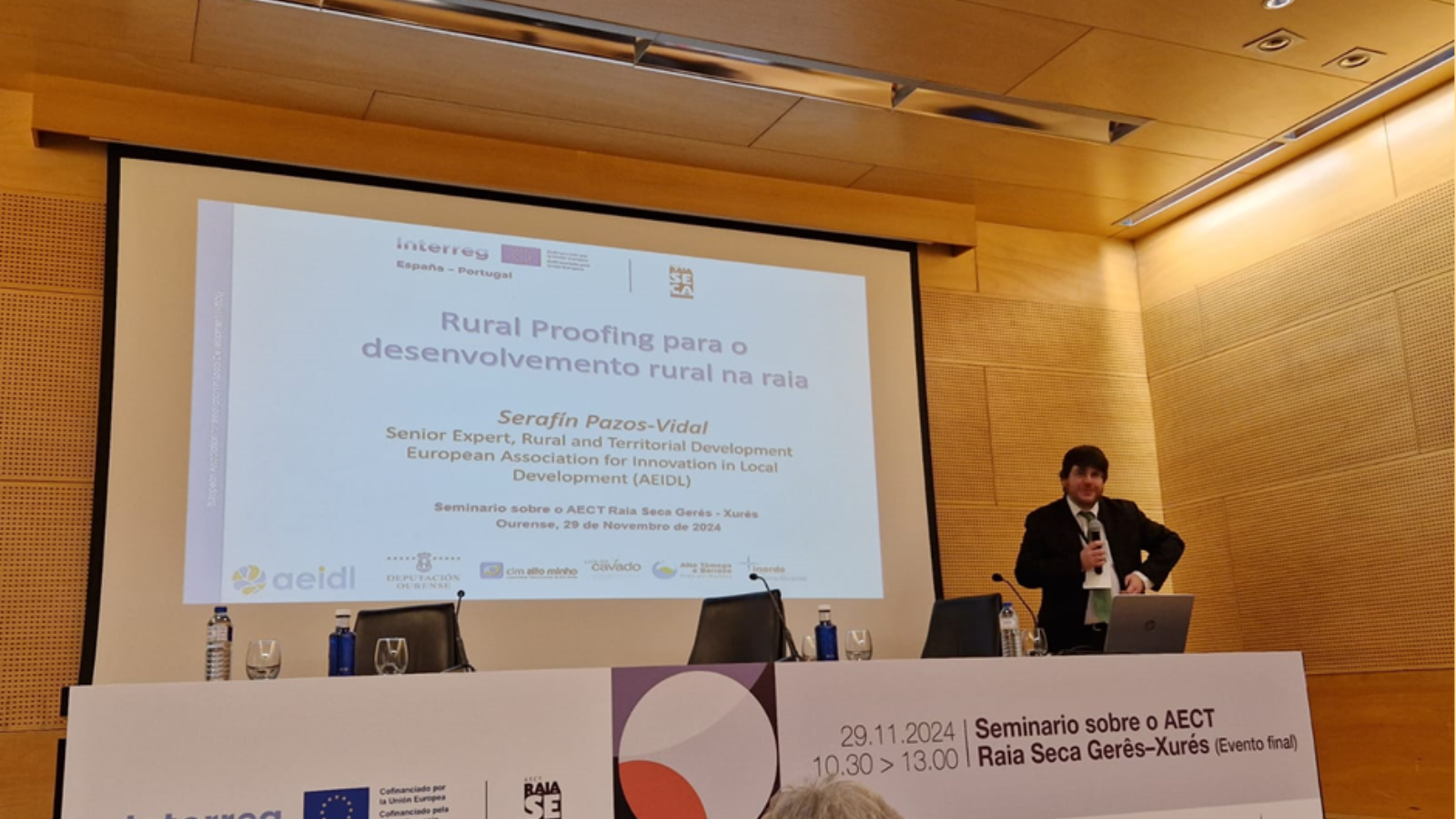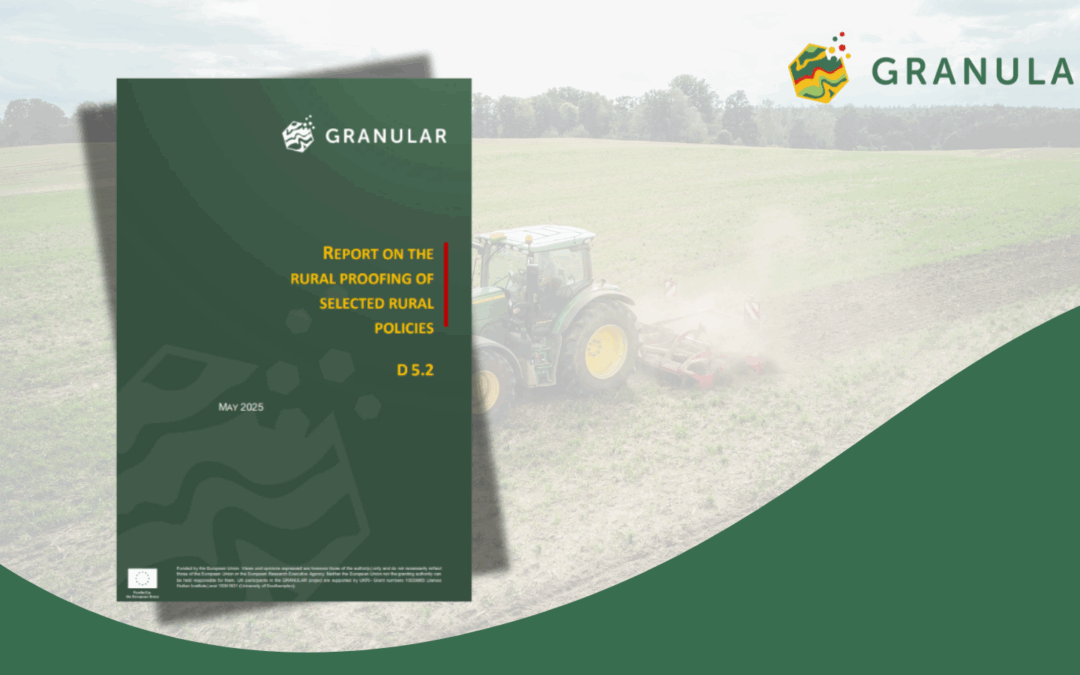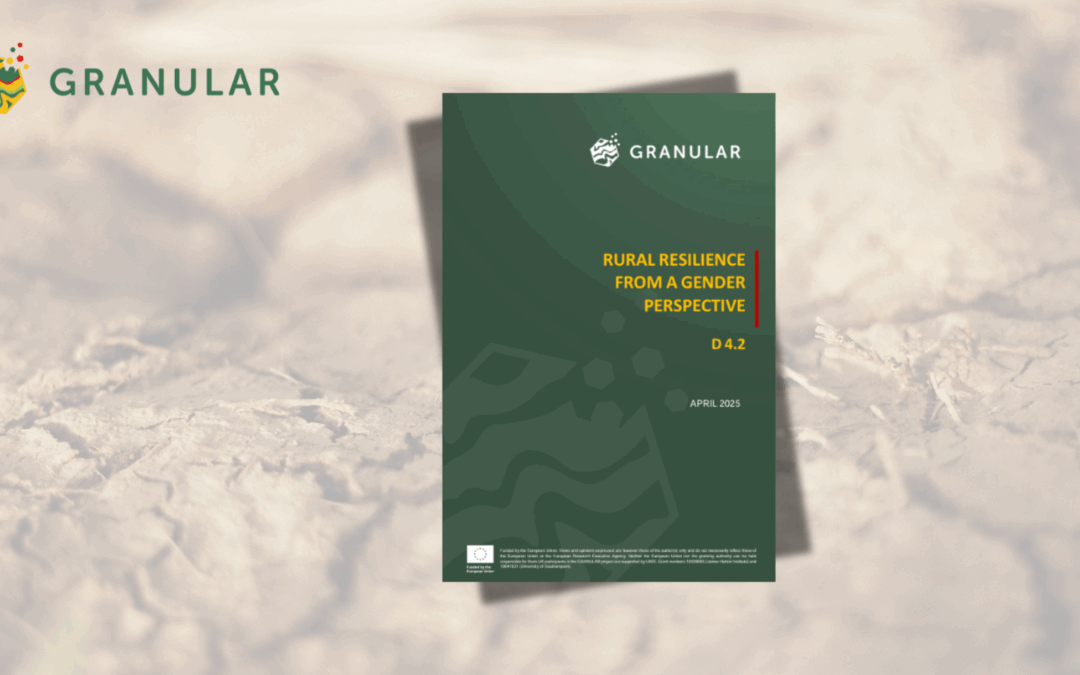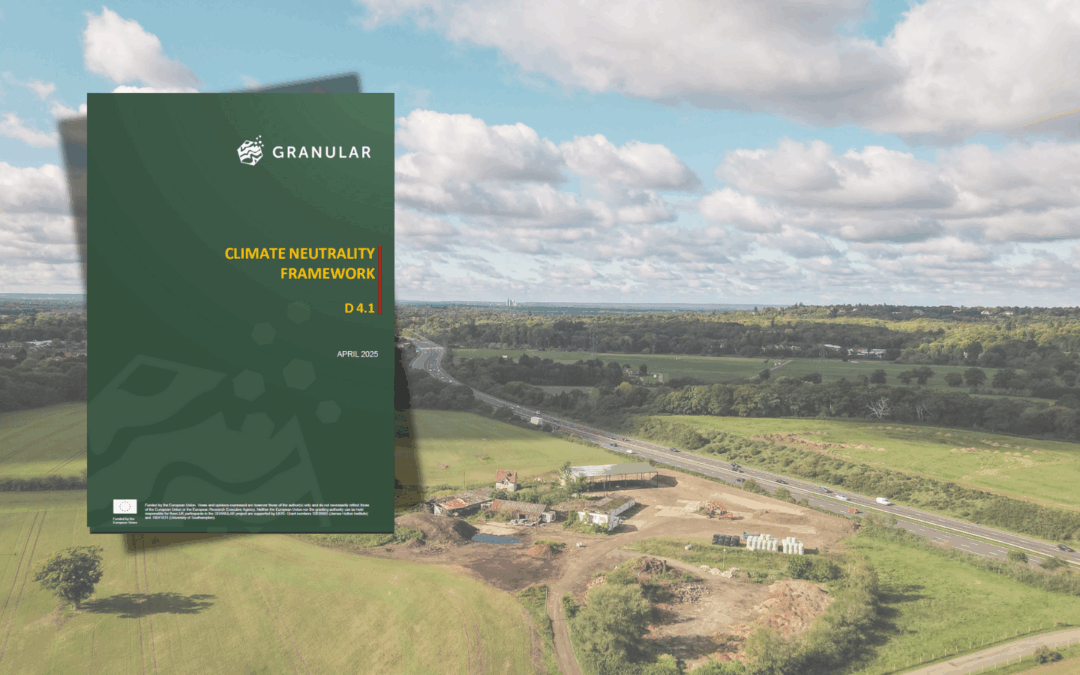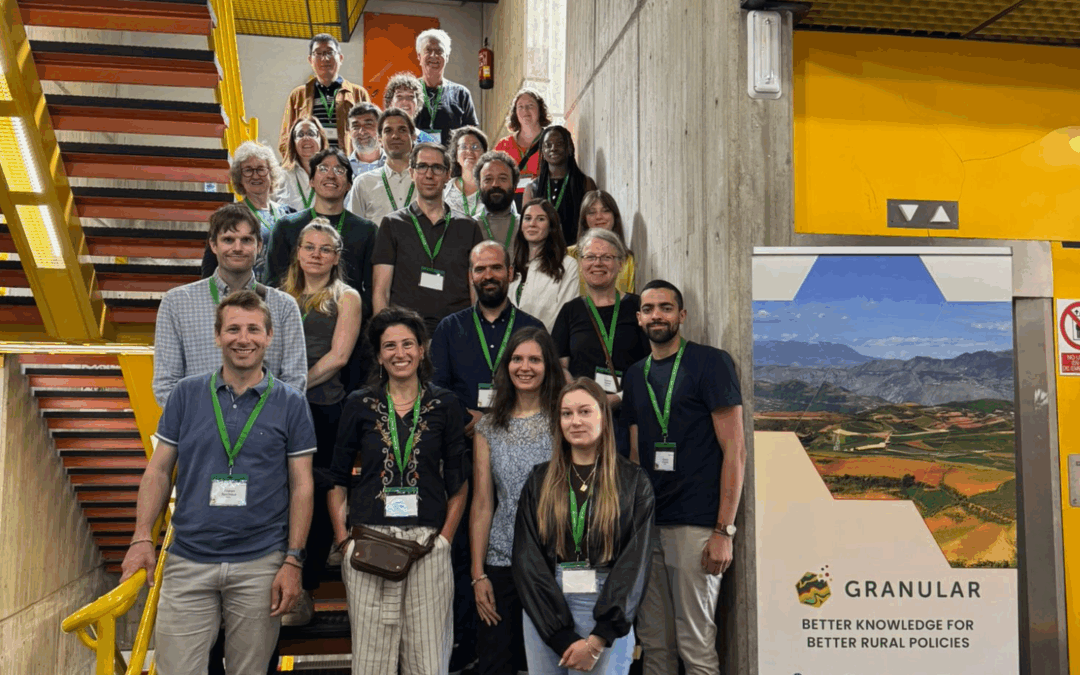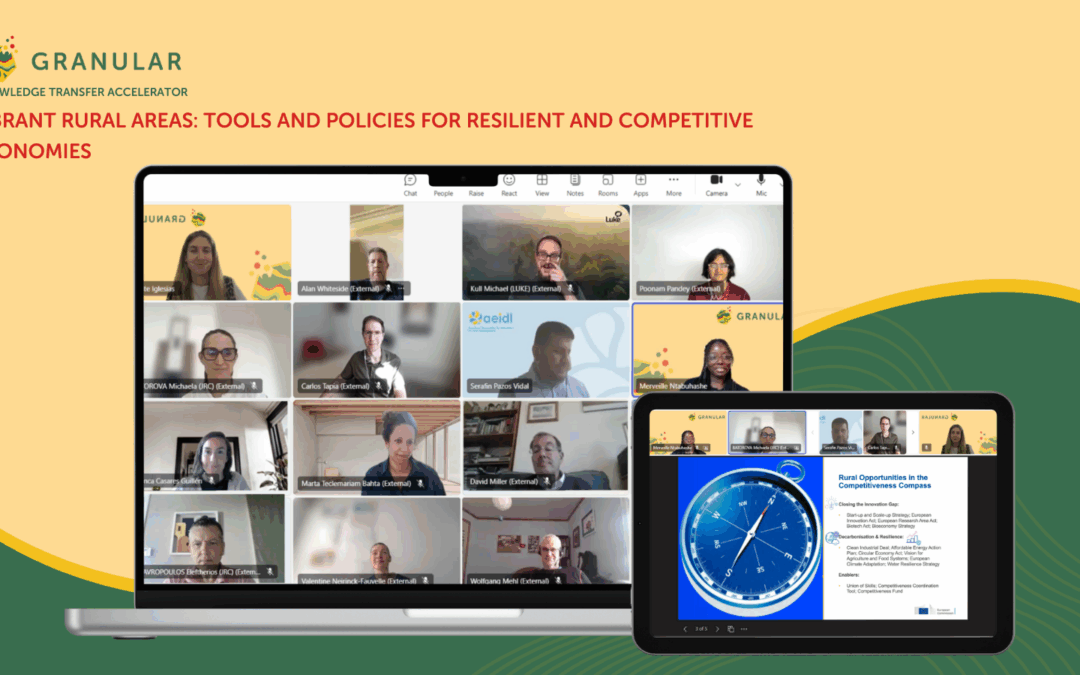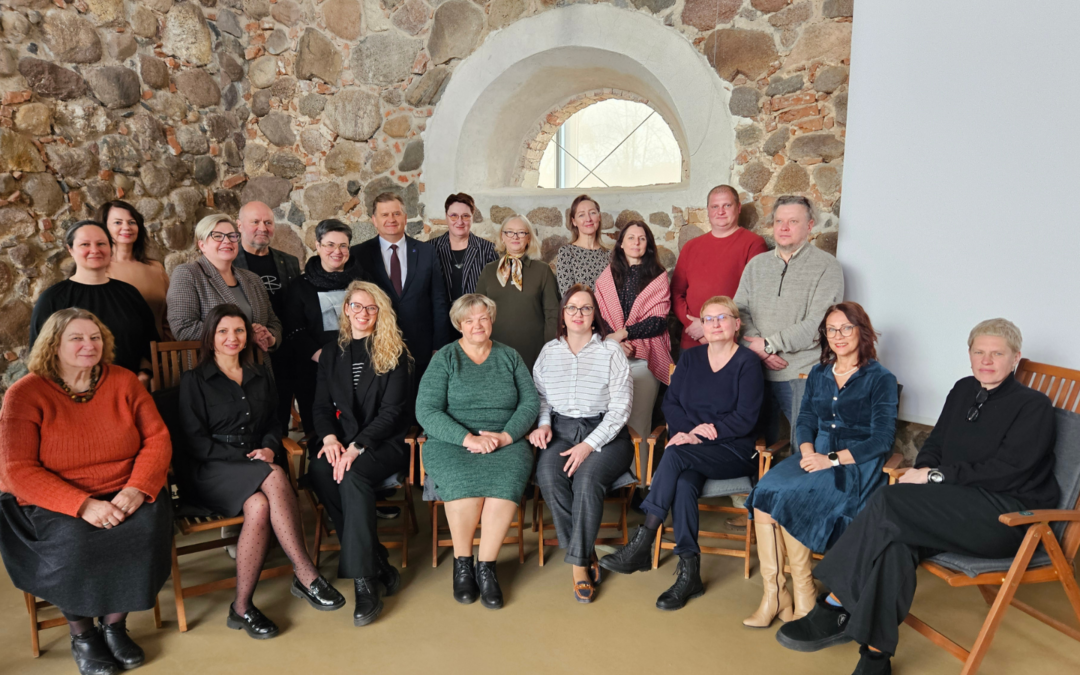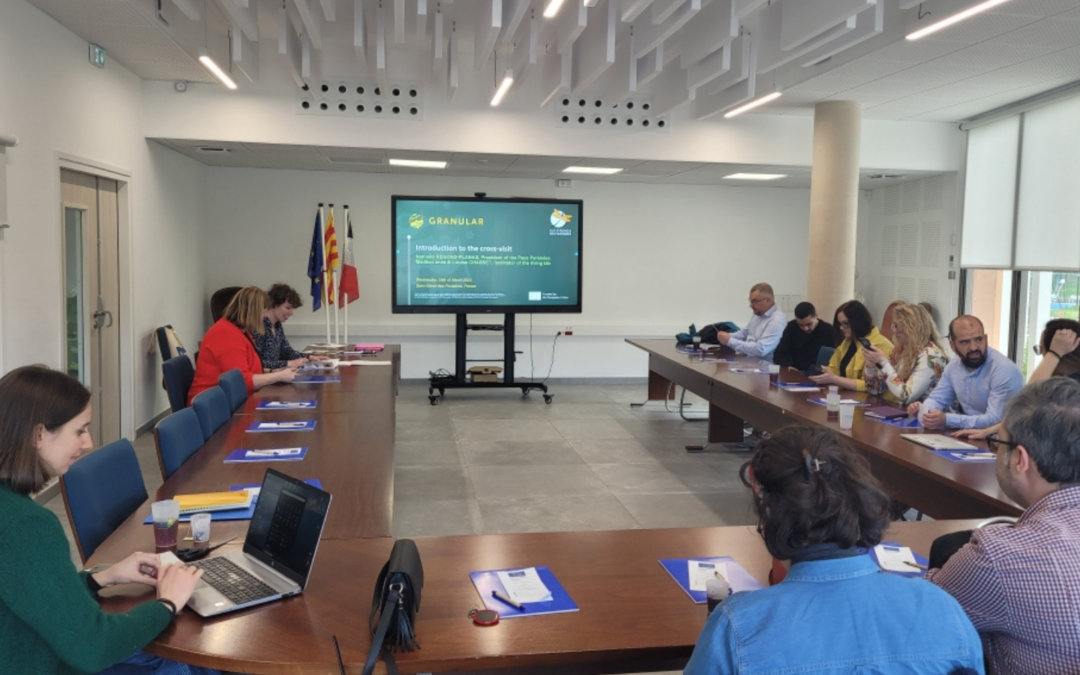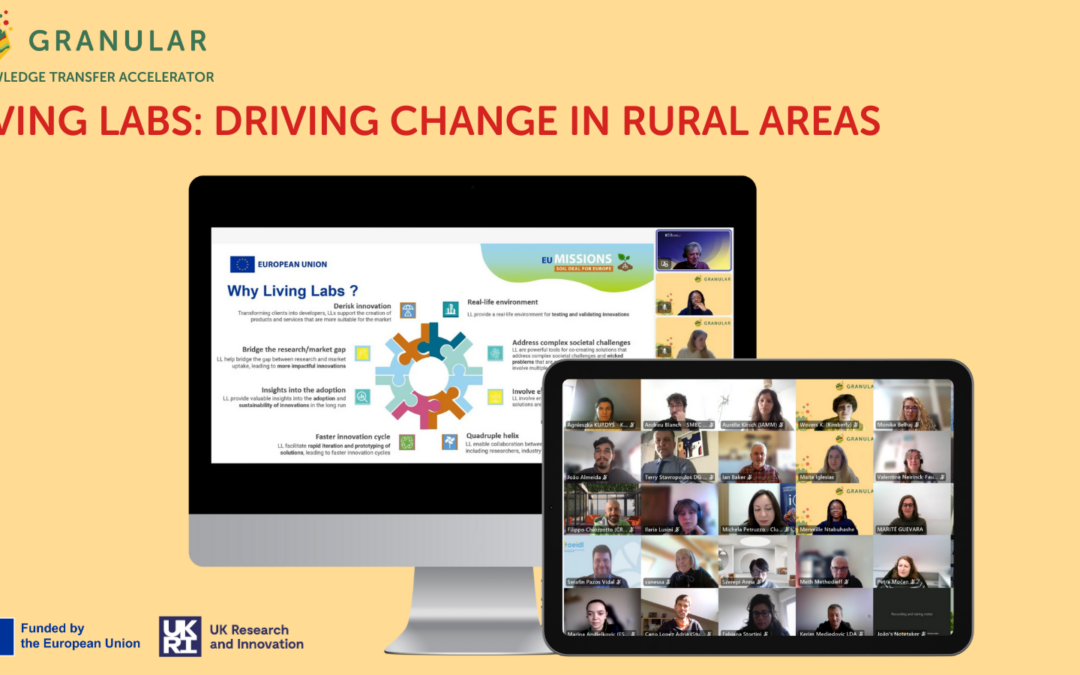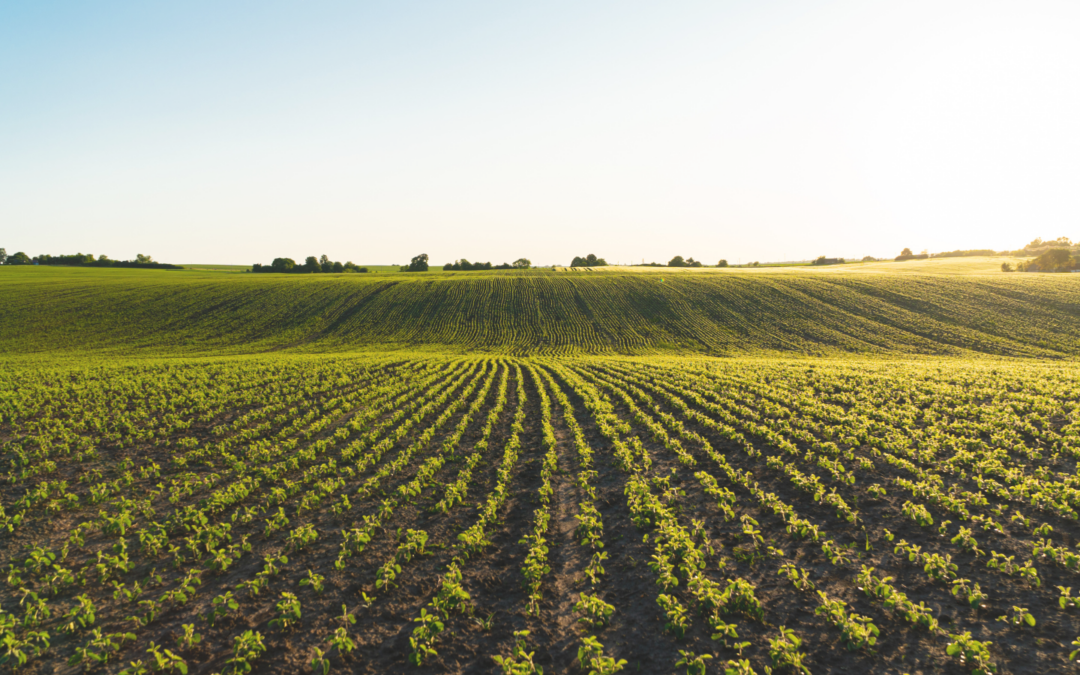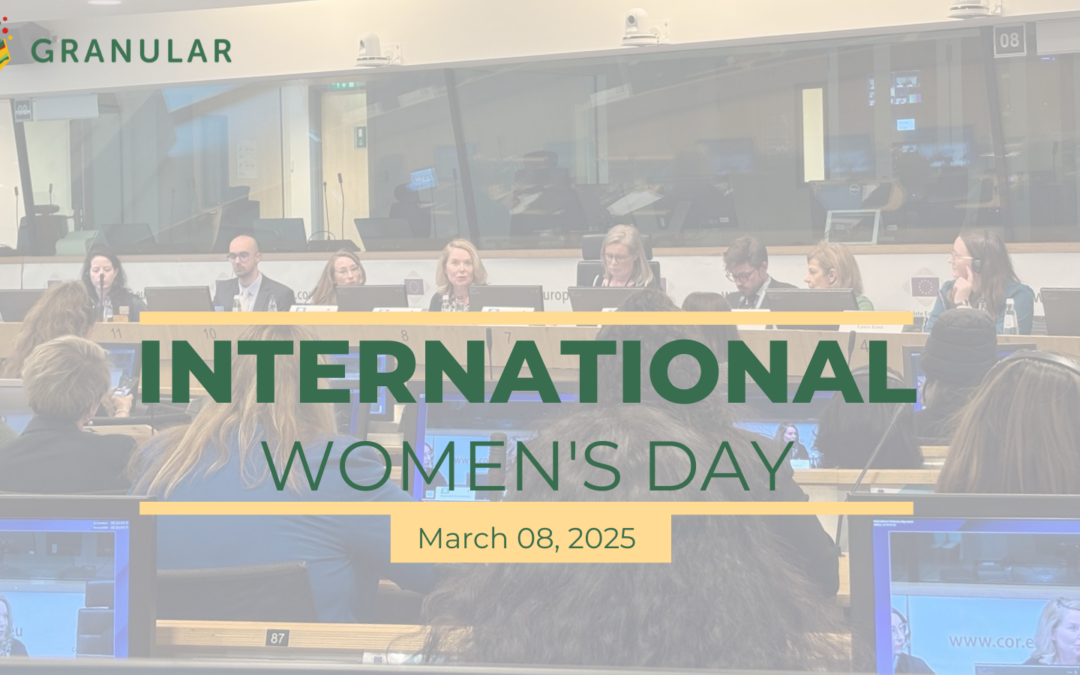The GRANULAR Project together with experts in territorial impact assessments and border regions were invited to consider how to improve efficiency of public administrations by promoting legal and administrative cooperation and collaboration between citizens, representatives of civil society and institutions, with the aim of resolving obstacles across EU internal frontiers.
On 29 November the INTERREG Project from the Gerês-Xurés cross-border programme between Ourense in Galicia (Spain) and Northern Portugal met to finalise the analyisis of this cross-border area, in view of setting up a European Grouping for Territorial Cooperation (EGTC) to address cross border obstacles between the 20 Galician and Portuguese municipalities that are part of the Gerês-Xurés mountain protected area.
For background this is part of one of the largest and longstanding INTERREG Programmes in Europe. While there is a significant degree of cooperation given the cultural continuum between both sides of the border, it is also one of the fastest depopulating areas in Europe, also marred by very different local governance systems in each side of the international boundary.
Ourense, an inland province of Galicia (NUTS3) as well as North of Portugal have been excluded from the historical focus of development. At present, it suffers from the classic problems of many European rural areas: depopulation, ageing, lack of a strong business sector, lack of economic innovation. Contributions took place from the European Association of Border Regions, the National Agency for Cohesion of Portugal as well as the Universidade de Santiago de Compostela, who drafted the study that will eventually led to the creating of this new EGTC.
Serafin Pazos-Vidal from GRANULAR Project partner AEIDL was invited to reflect how rural proofing could be used to better understand these differences and how solutions could be coproduced by local actors rather than being imposed top down. Precisely that is the focus of the GRANULAR Ourense Living lab, which was also presented at the meeting. Of particular interest of local leaders from both sides of the border attending the event was the Ourense Lab participatory methodologies to understand the real problem and possible opportunities from a demographic point of view as well as the development of novel cartography that will allow us to understand the dynamics between e-governance and rural-urban territory and a novel vision on the issue of large forest fires.
Given that the Ourense Living Lab and the INTERREG Gerês-Xurés areas are largely overlapping in the Galician side, there was interest that coordination, synergies and participation in the respective activities should take place in the near future.
